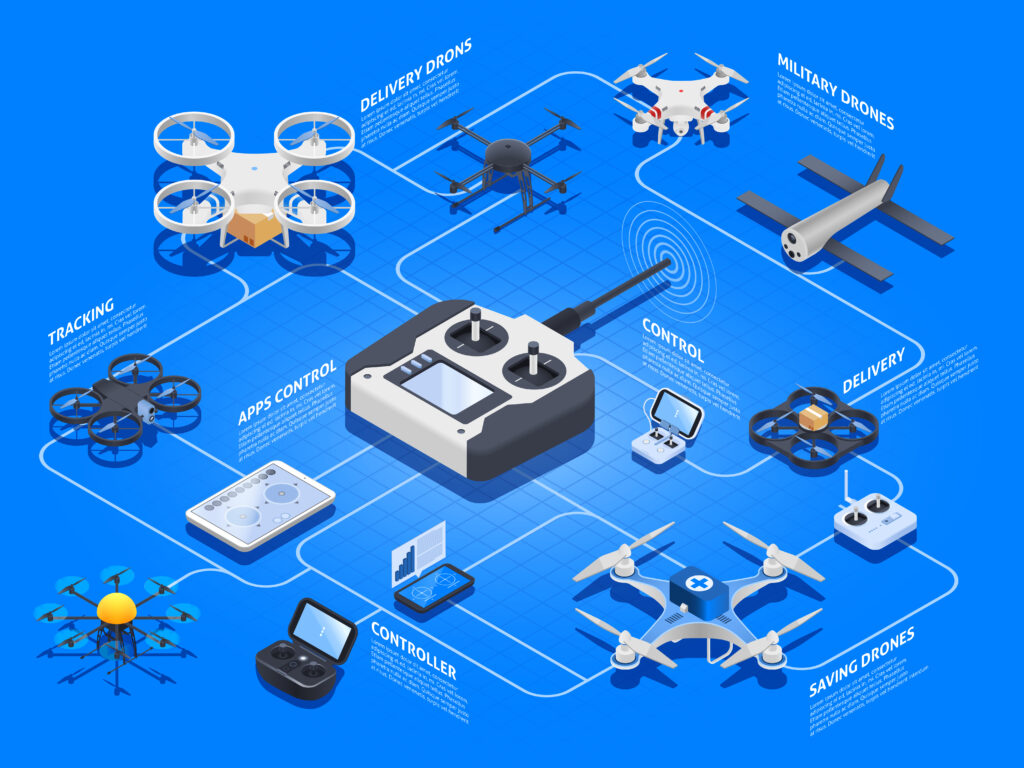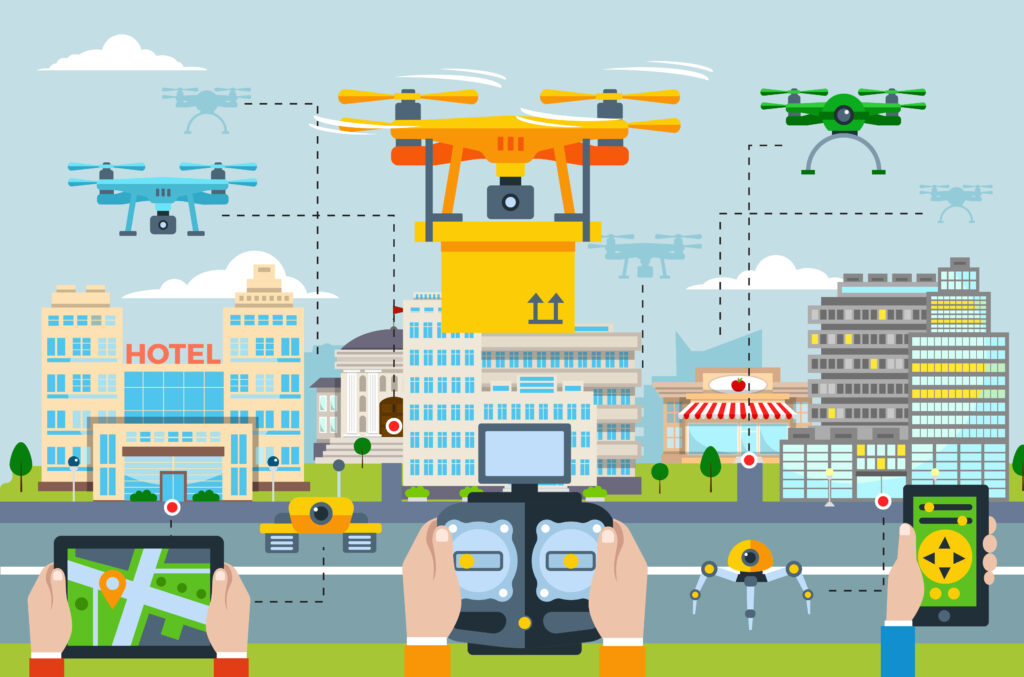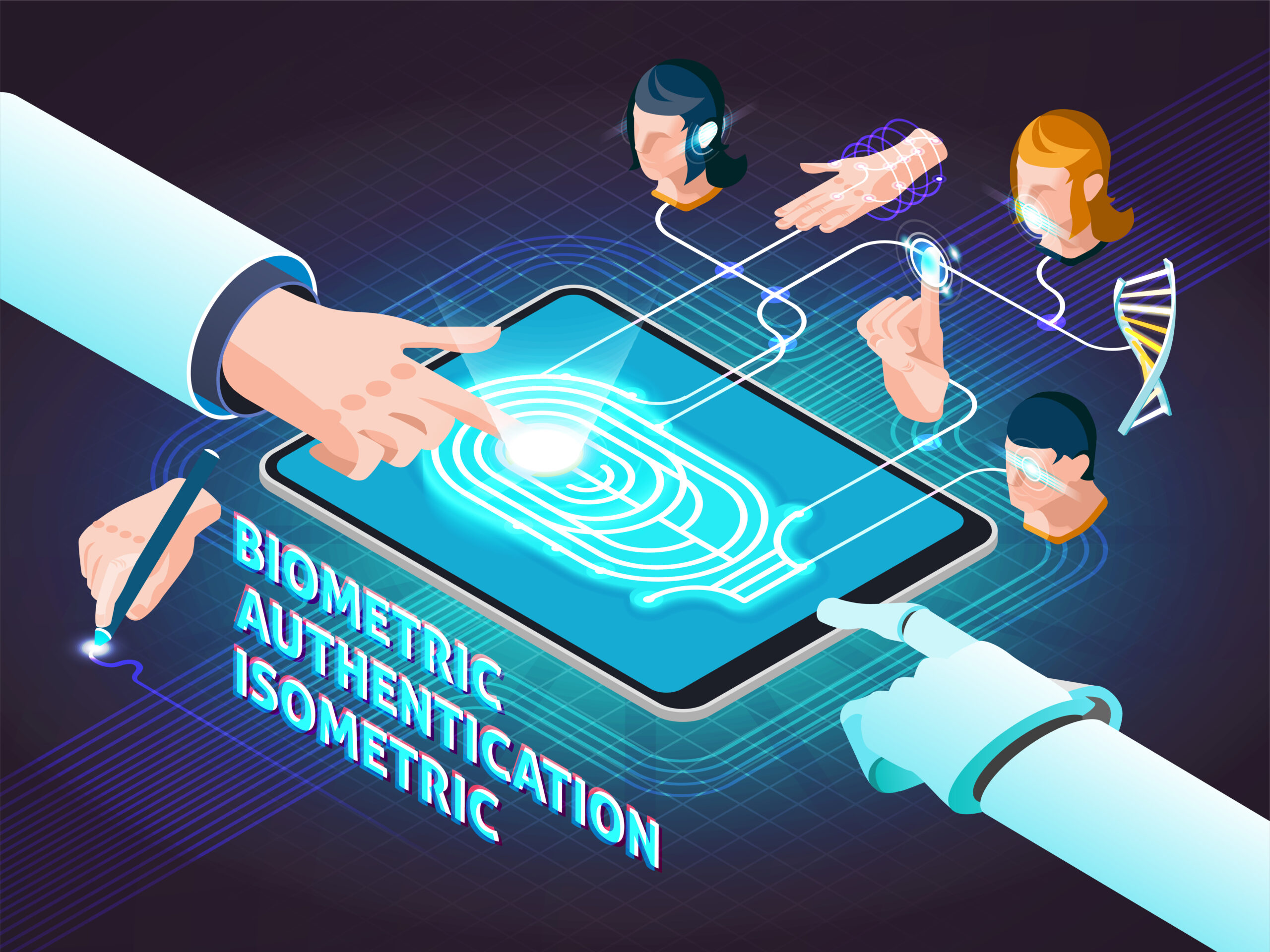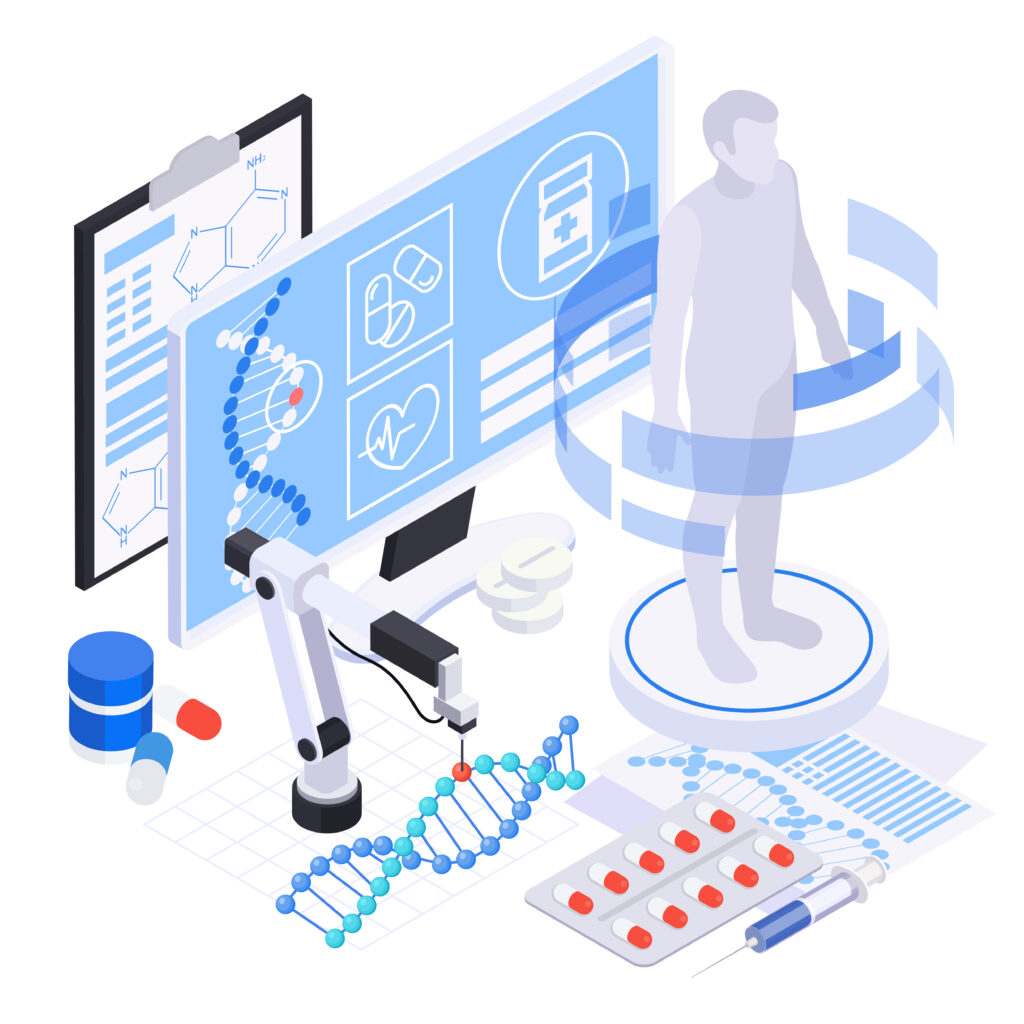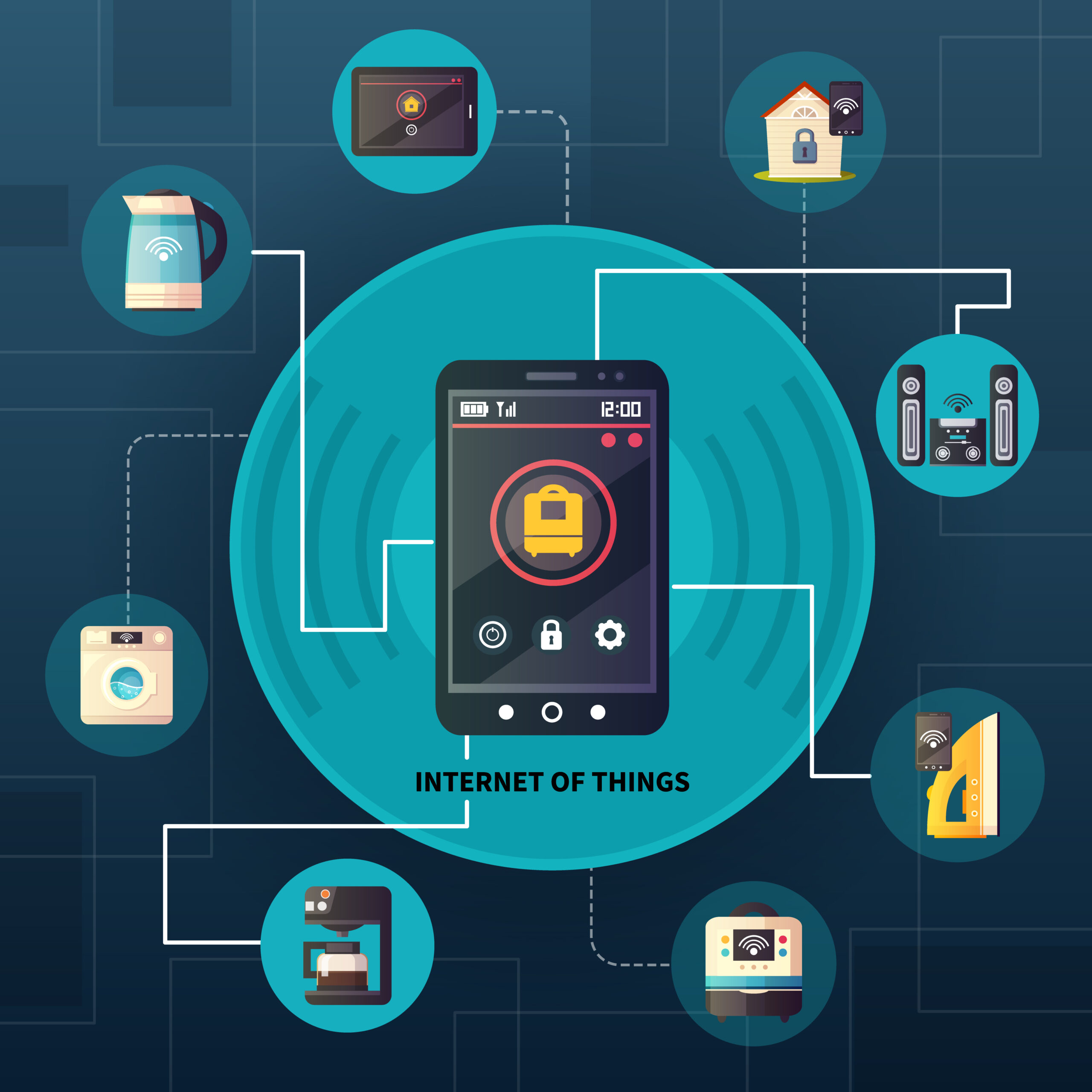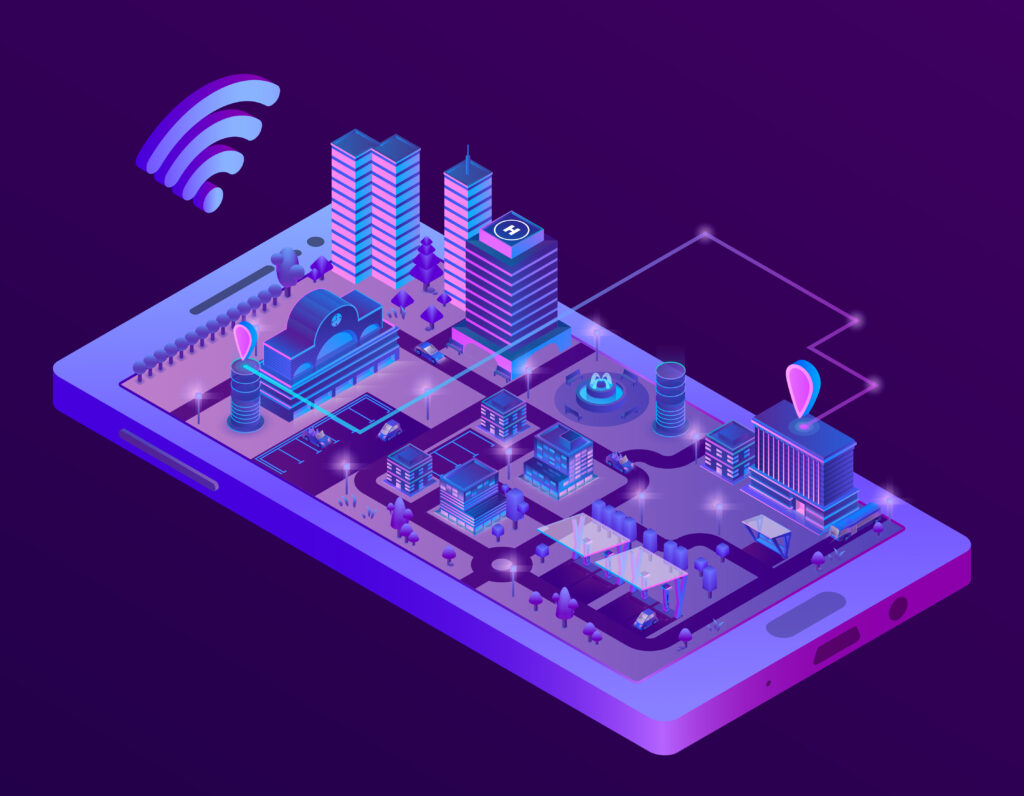Technology Readiness Level (TRL) is a vital tool in 2025 for measuring how close a new technology is to full deployment. From concept to real-world use, TRL helps teams manage risk, improve communication between stakeholders, and plan development more effectively. This structured approach is now used across industries including aerospace, healthcare, and renewable energy to ensure ideas evolve into reliable, scalable solutions.
To understand how these innovations also impact jobs and the economy, check out this guide on Tech Layoffs 2025. You’ll see how shifting priorities, rapid automation, and global competition are creating both challenges and opportunities for today’s workforce.
What is Technology Readiness Level?
Technology Readiness Level is a scale that tracks a technology’s journey from idea to market-ready product. In 2025, the TRL framework guides industries like space, healthcare, and defense in reducing risk and aligning investments with progress.
- TRL 1-3: Idea stage and proof of concept
- TRL 4-6: Validation in lab and relevant environments
- TRL 7-9: Prototype testing, qualification, and deployment
Using Technology Readiness Level ensures projects stay on target.It helps teams spot gaps early so they can adjust plans before costly setbacks occur.

Why Technology Readiness Level Matters
The Technology Readiness Level system offers several benefits:
- Clear roadmap for innovation
- Better communication between stakeholders
- Risk mitigation at every stage
- Smarter resource allocation
- Supports funding and regulatory approvals
For startups and enterprises, Technology Readiness Level is a strategic must.It helps align innovation goals with development reality, reducing risk and waste.

🌟 Advantages of Technology Readiness Level
- Encourages structured development
- Helps secure funding with evidence of progress
- Boosts confidence among investors and partners
- Identifies technical risks early
⚠️ Challenges of Technology Readiness Level
- Can slow agility if applied rigidly
- May add documentation burden
- Risk of misclassifying tech readiness
- Needs experienced teams to interpret stages correctly

Technology Readiness Level: Balancing Progress and Practicality
Technology Readiness Level in 2025 stands as a global standard for tracking technological maturity. It offers a powerful framework that enables innovators to align their projects with reality while clearly communicating progress to stakeholders. Whether you’re in aerospace, healthcare, or software development, understanding where a project sits on the TRL scale is essential for securing funding and managing expectations.
From basic scientific discovery to tested, market-ready solutions, TRL stages help teams see the big picture without missing crucial details. Each stage acts as a milestone, showing what evidence is needed to move forward and which risks must be addressed along the way. This structured approach allows organizations to plan investments wisely and avoid costly surprises later in the development cycle.
However, applying the scale effectively requires balance. Too rigid, and you risk stalling progress and discouraging creativity. Too loose, and risks go unmanaged, leading to setbacks or failures in critical phases. As industries race toward smarter, faster innovation, Technology Readiness
What does Technology Readiness Level measure?

Technology Readiness Level measures how mature a technology is—from the earliest concept stage all the way to real-world deployment. This structured framework helps teams and organizations assess progress, identify potential risks, and determine whether a technology is ready for scaling or investment. By breaking development into clear, evidence-based stages, TRL ensures innovation moves forward with confidence and accountability.
Conclusion
Technology Readiness Level offers a proven system to help innovators and organizations navigate complex technological development. By breaking progress into clear, measurable stages, it ensures that every leap forward is backed by evidence, testing, and real-world validation.
When applied thoughtfully, TRL keeps innovation meaningful and grounded. It allows teams to manage risks efficiently, avoid costly missteps, and bring solutions to market with greater confidence—ensuring that promising technology reaches its full potential without unnecessary delays or failures.













